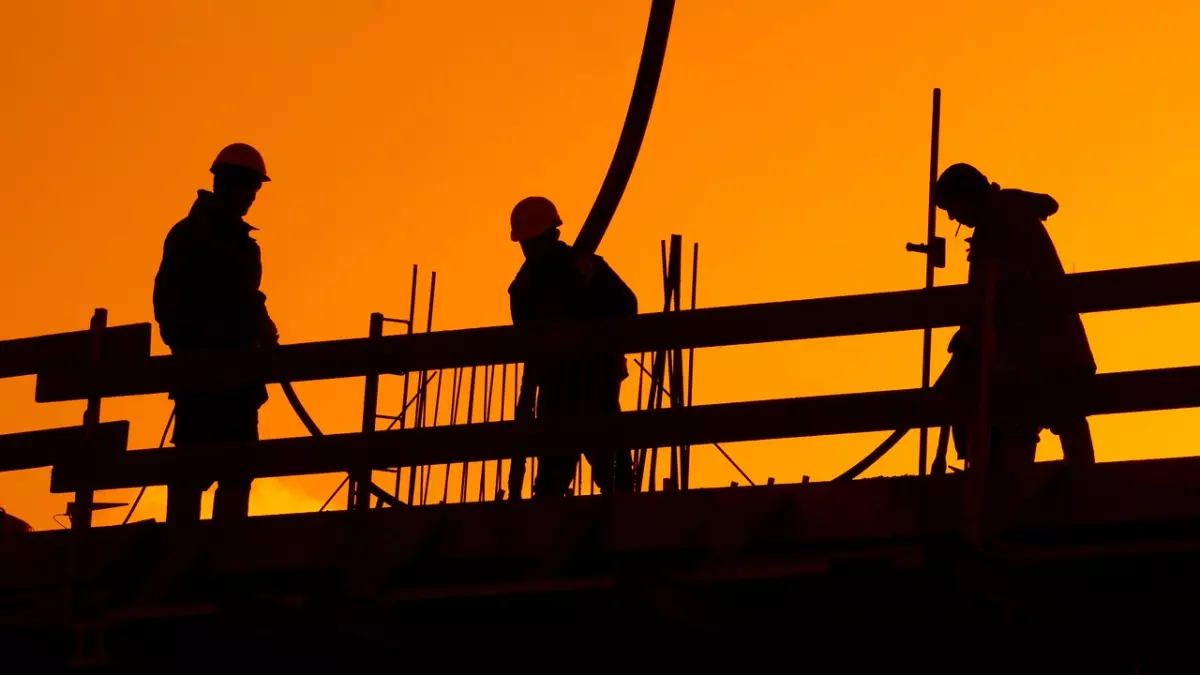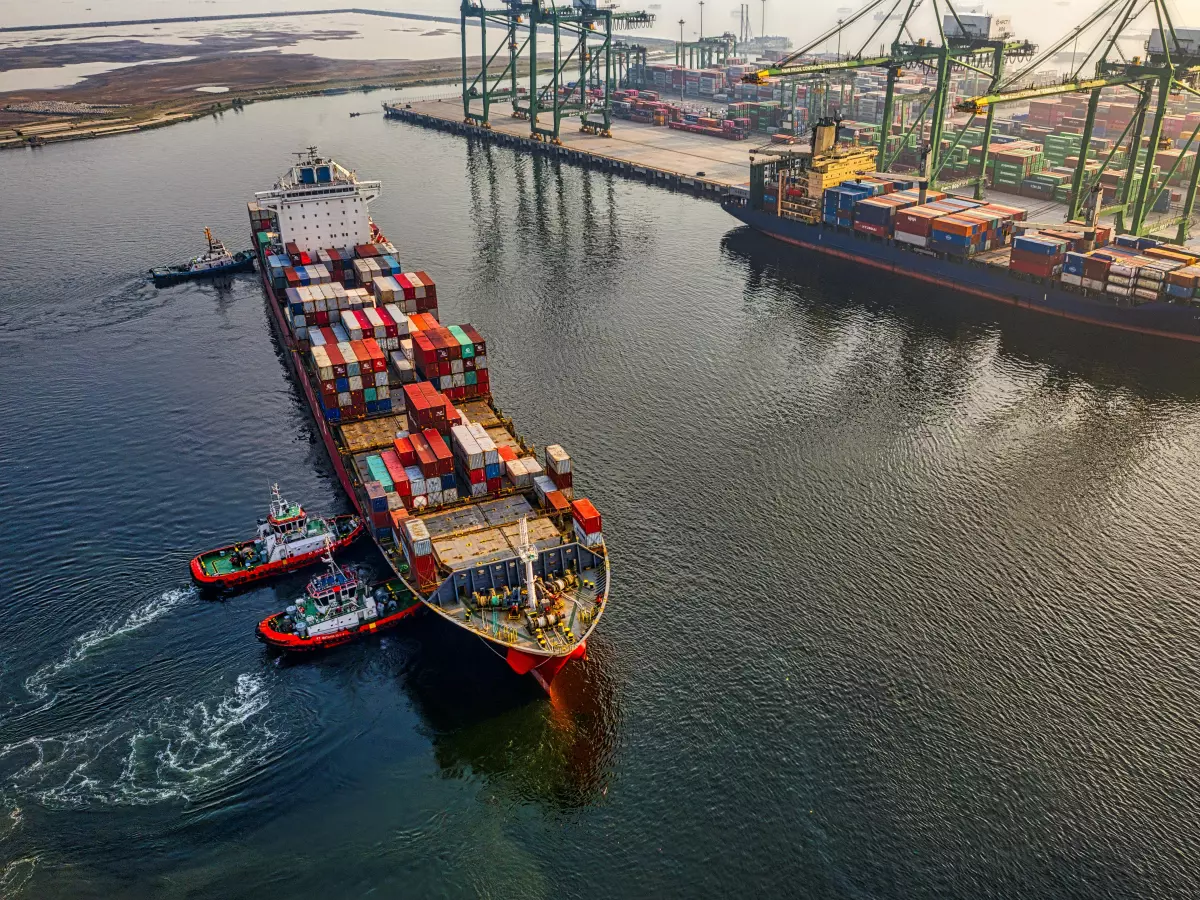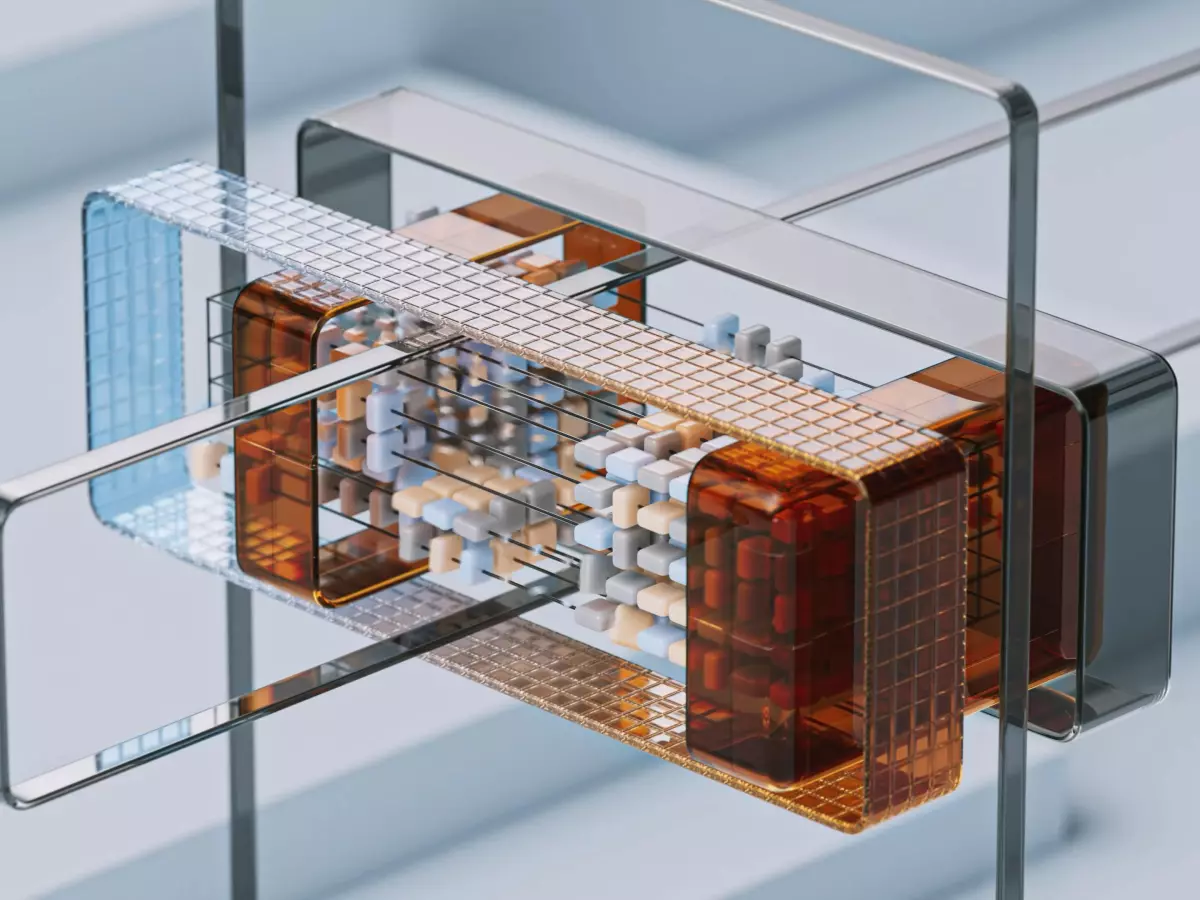Building the Future
Imagine walking through a construction site where robots are laying bricks with precision, drones are surveying the land, and AI algorithms are predicting the exact amount of materials needed. No more delays, no more costly overruns—just a seamless, tech-driven process that feels like something out of a sci-fi movie.

By Kevin Lee
Welcome to the future of construction, where AI is becoming the foreman of the job site. The construction industry, traditionally slow to adopt new technologies, is now embracing artificial intelligence in ways that are transforming how buildings are designed, constructed, and maintained. From smart designs to predictive maintenance, AI is laying the groundwork for a more efficient, sustainable, and safer construction process.
Smart Designs: AI as the Architect
AI is stepping into the role of architect, helping to design buildings that are not only aesthetically pleasing but also optimized for energy efficiency, safety, and cost-effectiveness. With machine learning algorithms, architects can now simulate various designs and see how they would perform in the real world before a single brick is laid. AI can analyze environmental factors, like wind patterns and sunlight exposure, to suggest design tweaks that could save energy or reduce wear and tear over time.
In fact, AI is so good at this that it can even generate multiple design options in a fraction of the time it would take a human architect. Think of it like having a supercharged assistant that never sleeps, never gets tired, and always has a fresh idea.
Predictive Maintenance: Fixing Problems Before They Happen
One of the most exciting applications of AI in construction is predictive maintenance. Imagine a future where buildings can tell you when something is about to break down. AI algorithms can analyze data from sensors embedded in the structure to predict when maintenance is needed, whether it’s a crack in the foundation or a malfunctioning HVAC system.
This not only saves money by preventing costly repairs but also extends the lifespan of the building. It’s like having a crystal ball for your construction project, allowing you to foresee and fix problems before they become major issues.
Safety First: AI on the Job Site
Construction sites are notoriously dangerous, but AI is stepping in to make them safer. AI-powered drones can survey job sites in real-time, identifying potential hazards like unstable scaffolding or unsafe working conditions. Machine learning algorithms can also analyze historical data to predict when and where accidents are most likely to occur, allowing site managers to take preventive measures.
And let’s not forget about robots. AI-driven robots are already being used to perform dangerous tasks like demolition or working in hazardous environments, reducing the risk to human workers. It’s like having an army of tireless, fearless workers who can handle the most dangerous jobs without breaking a sweat.
AI and Sustainability: Building Green
As the world becomes more focused on sustainability, AI is playing a crucial role in making construction greener. AI can optimize the use of materials, reducing waste and cutting down on the carbon footprint of a project. For example, algorithms can calculate the exact amount of concrete or steel needed for a project, minimizing excess and reducing the environmental impact.
AI can also help design buildings that are more energy-efficient, from optimizing HVAC systems to suggesting the best materials for insulation. In a world where sustainability is becoming a key concern, AI is helping the construction industry build a greener future.
So, what’s next for AI in construction? The possibilities are endless. As AI continues to evolve, we can expect even more innovations that will make construction faster, safer, and more sustainable. Whether it’s through smarter designs, predictive maintenance, or enhanced safety measures, AI is building the future—one brick at a time.





